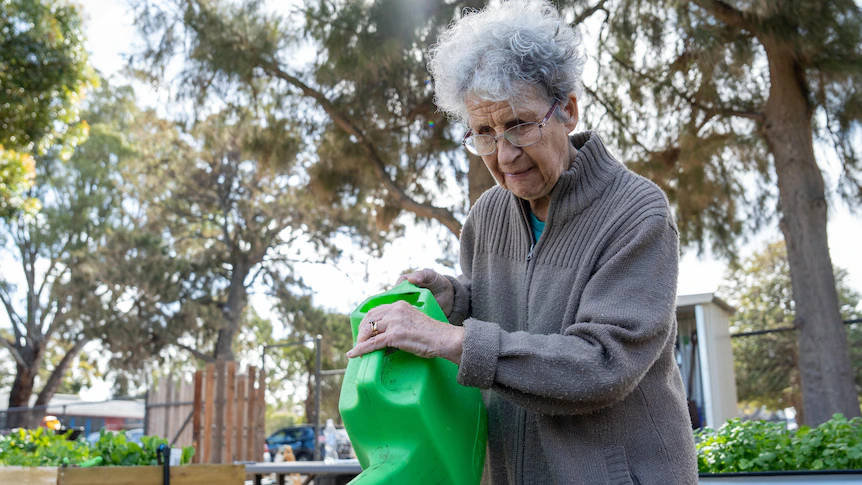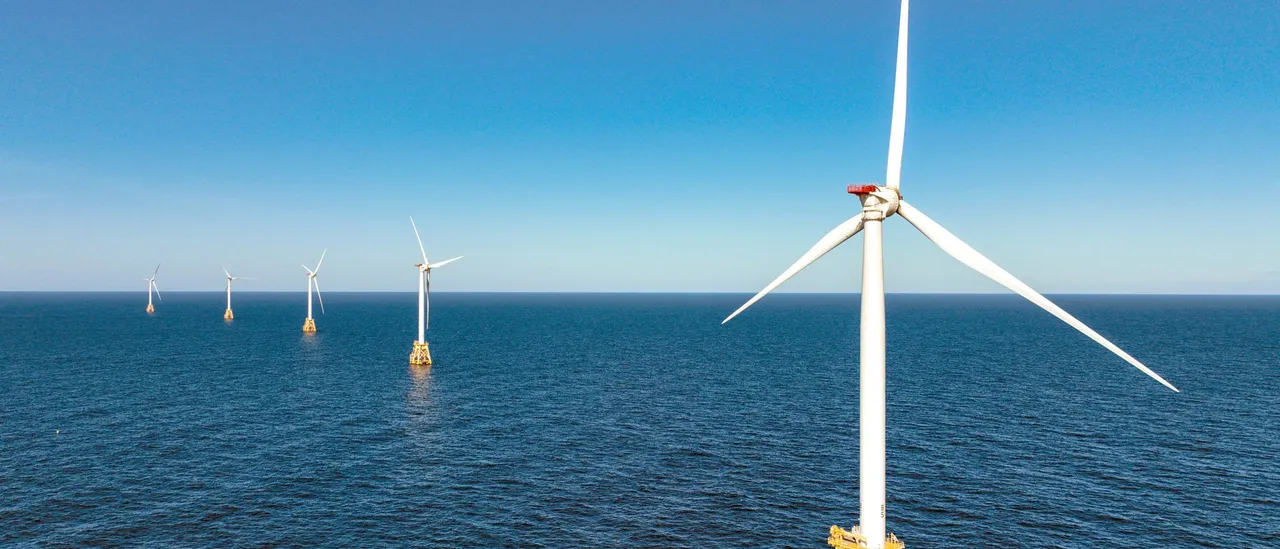By Aiden McNamara
Copyright abc

Washed-up marine life has become a familiar sight on South Australian coastlines impacted by the ongoing algal bloom.
While cleaning up dead fish has been a bleak task, some of those collections are now being put to good use in the form of compost.
“It’s a great resource, although it’s a very sad way of getting it,” said Colin Aagaard, a member of the Kumungka Community Garden in North Brighton.
The SA government estimated about 500 tonnes of marine waste had been cleared from beaches since the bloom hit in March.
From the beach to the garden
When dead sea creatures are cleaned up, they are treated much like the ordinary organic waste a council handles, such as garden clippings and food scraps according to authorities.
Jurisdictions that have a green waste processing service will typically have it taken to handful of sites for commercial compost processing.
“Most of it ends up in farming, but a lot of it ends up back into home gardens or community gardens,” executive chair of Jeffries Soil, Lachlan Jeffries, said.
Compost is the result of a natural rotting process that happens with all organic material and the natural heat destroys weed seeds and pathogens.
Mr Jeffries said the commercial process took about 15 weeks, so dead marine life from the early days of the bloom made up a fraction of compost being sold today.
“In the overall scheme of what Adelaide recycles from organics, it’s quite a small amount,” he said.
Ian Tanner, who manages the state’s algal bloom beach clean-up team, said there was nothing dangerous about the compost — noting that dead sea life was processed in the same way anyone in the community would get rid of their old fish.
“Maybe they order 100 prawns for Christmas, and they don’t eat them all, they go in the green bin potentially and they end up in compost, we’re doing the same thing,” he said.
The Kumungka community garden is a short stroll from one of the many beaches impacted the algal bloom.
Mr Aagard said the compost was a win-win for beachgoers and gardeners.
“It takes away all the smelly refuse from the beach, it’s all composted and comes back to be available for garden nutrients,” he said.
“You’re creating something natural, putting it back into something natural … it’s just a wonderful substance to use.”
Anthony Obst recently planted tomato seedlings using local compost and said he might eat them straight off the plant when they were ready.
“As soon they’re ripe I put them in my mouth,” he said.
On the front line
In July, it was revealed that local councils would receive $1 million in funding to assist with clean-up operations along the coast.
“The government has stepped up the beach clean-up program from September to support councils, including partnerships with Disaster Relief Australia, IPA Rangers from Point Pearce Aboriginal Corporation, the Goolwa Pipi Company and Surf Life Saving South Australia,” a spokesperson from the Department of the Premier and Cabinet said.
“The government is continuing to work through the waste removal arrangements, in liaison with councils, to help keep beaches clean.”
The Department for Environment and Water’s Ian Tanner works out of an unassuming office set up in Netley to coordinate the effort.
“About 60 to 80 people on the ground, seven days a week, to help councils clean up the beaches and remove the dead fish,” he said.
Since the bloom began, most councils have been keen to clear dead fish.
“It’s essential that our beaches be as clean as possible,” said City of Holdfast Bay Mayor, Amanda Wilson.
Onkaparinga Acting Mayor, Lauren Jew, said their council’s 31 kilometres of coastline with lots of nooks and crannies made it a challenge to keep clean.
“It takes a lot of people, a lot of resources to do that,” Ms Jew said.
For smaller wash-ups, the council weighs up whether the tides might simply take the fish back into the ocean.
“Whether or not it can stay and naturally will go back out and resolve itself,” she said.
Meanwhile, on the sparsely populated Yorke Peninsula, the local council said it had one contractor working in the town of Clinton who has been collecting fish in buckets, as well as support from community members and associations along its 485 kilometres of coastline.
“We do not have beach maintenance crews like many of the metropolitan councils,” the council’s operations manager, Ian Yarrow, said.
“The dead marine life is buried as per guidelines provided by the EPA.”
Ms Wilson said while it was nice something positive can come from beach wash-ups, compost did not solve other issues the community has been facing, like a lack of visitors.
“It would be great if we could go toward the summer having a clean beach where everyone could get back there and really enjoy our beach community,” she said.



